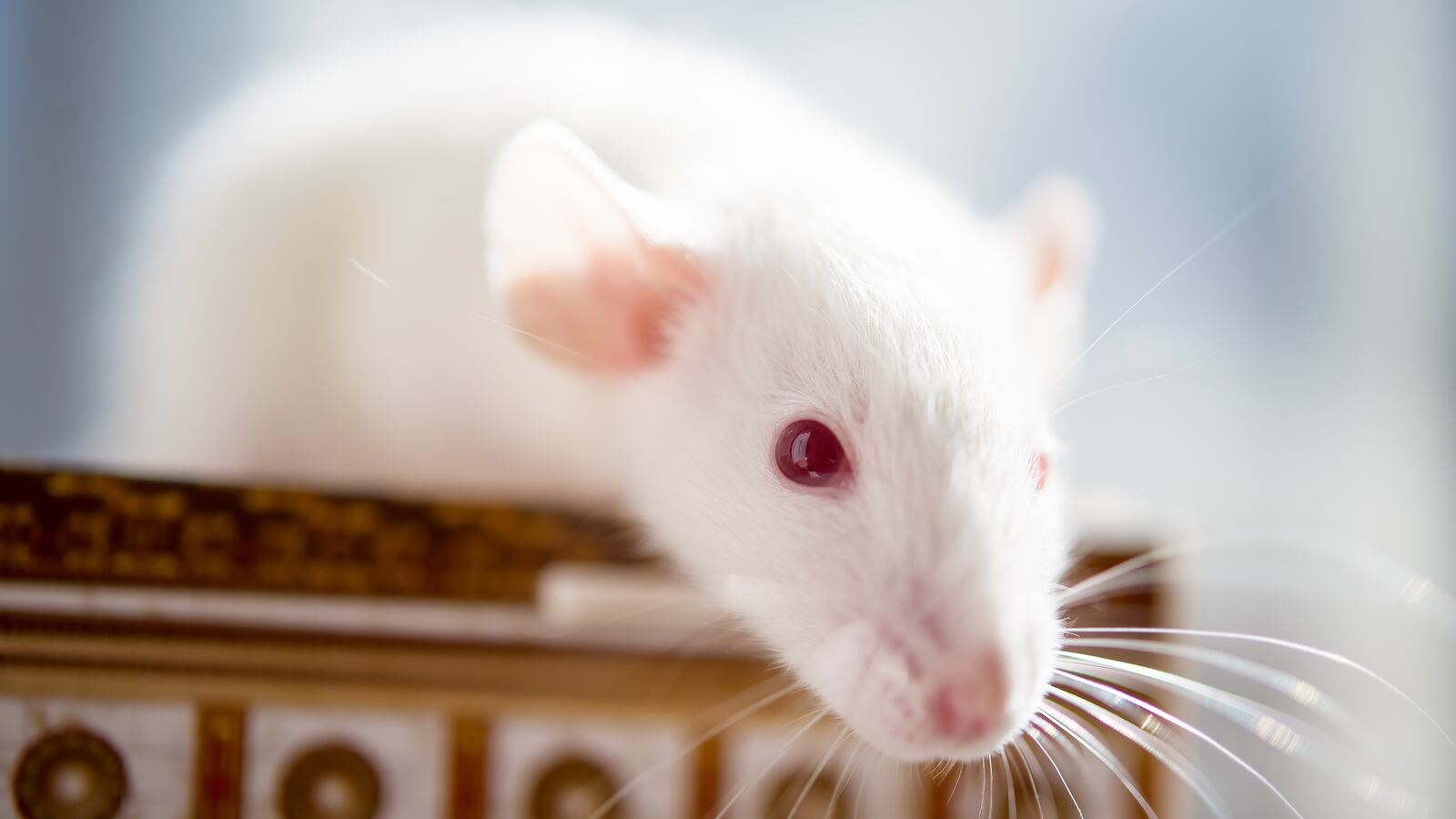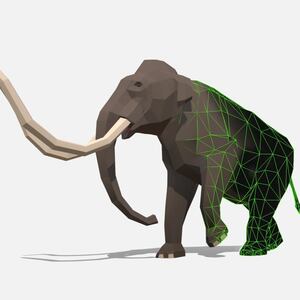Here’s your dose of strange science for the day: A team of Zürich-based scientists turned sterile mice into sperm factories for rats using stem cell injections. They hope that the research, published Thursday in Stem Cell Reports, will open the door to new fertility treatments, particularly for animals that are at risk of going extinct.
“In the future, if there's a critically endangered mouse species and we only have a skin biopsy and it becomes extinct, maybe we could produce stem cells and maybe generate germ cells from such critically endangered animals,” Ori Bar-Nur, a biologist at ETH Zürich in Switzerland and a co-author of the new study, told The Daily Beast.
Bar-Nur and his team used a technique that let them inject stem cells derived from rat embryos or their skin, into a very early stage of a mouse embryo. The organism then developed into a mouse-rat chimera, meaning it contained cells from both mice and rats.
Importantly, though, its sperm-producing cells all came from the rat, so the chimera exclusively produced rat sperm.
Previous research had successfully led to the opposite outcome—mouse-rat chimeras that produced mouse sperm. Joel Zvick, a biologist at ETH Zürich who led the new study, told The Daily Beast both research projects nicely complement one another, even if their methodologies differed.
Still, the researchers were unsuccessful in using the chimeric rat sperm to fertilize rat eggs and produce viable rat babies. According to the study, the mouse-rat chimeras’ sperm was inferior to naturally produced rat sperm.
Bar-Nur said that this method seems to work best in species that are closely related by evolution. Additionally, the two species in the chimera must have similar gestational times for fertilization to work.

Fluorescent staining of the rat sperm.
Courtesy the authorsThe researchers are now attempting to go a step further and grow live rats with the mouse-rat chimera sperm. They are also looking into adapting their methods for egg production, which Bar-Nur said should operate under the same principles as sperm. But we won’t be able to do IVF or other fertility treatments in human-mice chimeras anytime soon—and maybe that’s for the best.
“If you receive a heart or pancreas, which has been grown through a chimera, it's just an organ,” Zvick said. “But if you generate sperm cells and egg cells, then of course for many people, this would be much harder to accept.”
Other studies have also used this stem cell-based method to grow a rat pancreas inside a mouse—but more research into both the technology and ethics are needed before scientists can go around growing human organs in animals for uses like transplantation.
“It could raise a lot of questions, and this is not the purpose of our research,” Bar-Nur said. “We would like to try to save very cute little endangered mice and rats, not generate human germ cells inside animals.”








